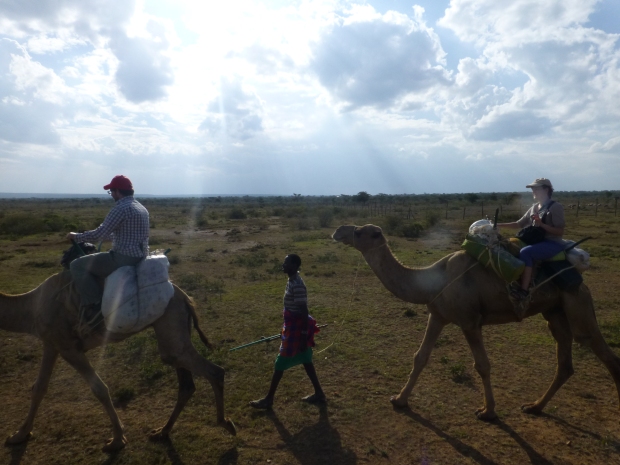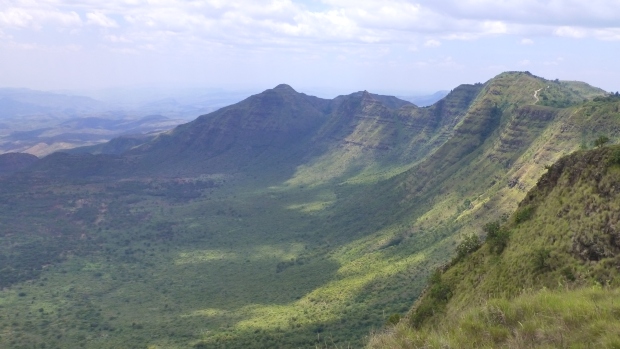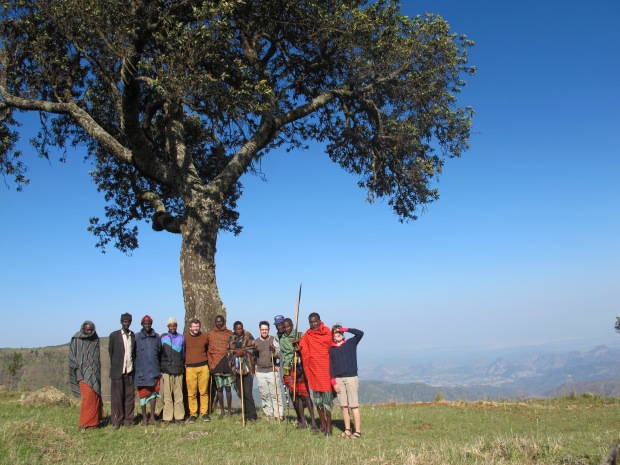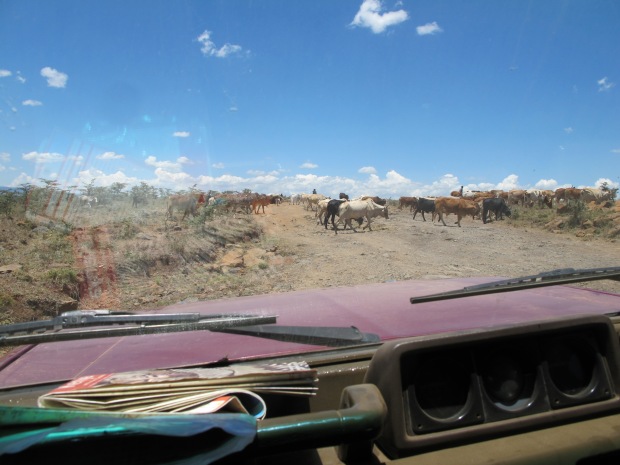Back on home soil, this blog needs an ending of some sort. Even if there are no such formal endings in real life. Here follows twelve lessons for each of the twelve months Kenya has spent stealing my heart.
1. “If you follow an organism in the field for extended periods of time…you can’t help but come to the conclusion, by George, this organism isn’t doing much, is it?” – Dr Joan Herbers, Zoologist

You know that thing about being as busy as a bee? Well it’s rubbish. Bees aren’t working round the clock. In fact, on average, they’re just working three to four hours a day (for more information about the relative productivity levels of other stars of the animal kingdom please refer to the following http://freespace.virgin.net/sarah.peter.nelson/pages/busybee.html.)
Somehow though, many of us – myself included – have managed to elevate this imaginary busyness to a much coveted virtue. Before I came to Kenya I was fully guilty of believing in the overriding importance of productivity, “making the most” of every minute and had an approach to leisure which involved calendars and lots of scheduling. So when I arrived in Kenya I developed a severe case of the “slowing down jitters”. My self-prescribed cure was whizzing round as much of the country as humanly possible. It wasn’t until I voluntarily took myself to live on an island that I was forced to just deal with the fact that it is actually OK not to do all that much.
Now this isn’t to say Kenyans don’t work bloody hard. In fact I’d go as far as to say the daily routine for a woman in rural Kenya may be as tough as it gets on this wee planet of ours. It certainly gets kinda embarrassing after a while trying to explain what my typical weekend in the UK looked like to a woman whose concept of having a break is a morning at church starting at 7.30am. The difference isn’t work load. The difference is pace. And – even more specifically – a slower pace that makes time for genuine, engaged, fully present interaction with other people.
I’m still guilty of falling into the productivity trap but I’m going to try as hard as I can to carry the memory of people at ease with the fact they have spent the day simply sat in one spot watching the world go by, talking to whoever happens to stop. I will try as hard as I can to remember there is never any benefit in being too busy to engage fully with the present moment and the person in front of you. Even if my phone has notified me that I have a message waiting on Whatsapp…
Luckily, you probably don’t need to move to Kenya to get to grips with all this. You can start with TED in the comfort of your living room. Add it to your to-do list: https://www.ted.com/playlists/204/slow_down_enjoy_life#
2. “Like parliamentary democracy, roundabouts are a great British export with a risk” – The Economist

Only The Economist could get away with such a statement (http://www.economist.com/news/leaders/21587234-parliamentary-democracy-roundabouts-are-great-british-export-risk-widening). But I hope to get away with stating that it is true.
Kenya is undeniably riddled with the problems besetting a country with a democratic governance system and an electorate ripe for division along tribal rather than ideological lines. Corruption, nepotism, conflict, inequality you name it.
It is also a country with a capital city brought to its knees by roundabouts between the hours of 7am to 9am, 4pm to 7pm and whenever it rains.
I have certainly learned that roundabouts only work in societies where road users buy into a belief in the overriding importance of polite deference and hold a deep seated aversion to confrontation and conflict. In other words, roundabouts work in Britain; the land of people who believe in the queue as a symbol of a highly functioning society.
Down with the roundabout!
3. “If the industrial nations really want to help the Africans, they should finally terminate this awful aid.” – James Shikwati, Kenyan Economist
 That is a picture of a hole you’re looking at. I took the photo in Laikipia, a region near Mount Kenya. It was pointed out to me by the chair lady of the Masai women’s self-help group that owned the land. Pointed out, what’s more, in the manner of someone who is unashamedly delighted to have been proved right…
That is a picture of a hole you’re looking at. I took the photo in Laikipia, a region near Mount Kenya. It was pointed out to me by the chair lady of the Masai women’s self-help group that owned the land. Pointed out, what’s more, in the manner of someone who is unashamedly delighted to have been proved right…
Nearly 100 such holes were dug by an international NGO who came to plant trees and improve the soil quality of the area. Our guide told us how she had urged the NGO to come just before the rains fell as otherwise the trees would quickly shrivel in this scorching hot, arid part of the country. They ignored her. 100 holes later, 100 tree shoots died and the women are left with a field that is ripe with opportunity for twisted ankles both human and cattle.
This is a teeny-tiny example of bad aid. It’s also a glib example. The quote as the head of this “lesson” refers to the much more serious and saddening theory that inappropriate foreign aid only increases dependence, squashes entrepreneurialism and lets corrupt, ineffectual governments carry on without being held to account for failing to provide for the people they purport to serve. The actual scale of terrible, misguided international development efforts is huge, systemic, structural and maddeningly intangible.
It may make us feel good to give to charity and wanting to help is no bad thing. But I’m not all that sure that questioning recent moves to enshrine a commitment of earmarking 0.7% of GDP per year to foreign aid is a hobby just to be left to the “nasty” Tories… (http://www.theguardian.com/politics/2014/dec/05/lib-dem-foreign-aid-bill-survives-tory-attempt-kill and (http://www.spiegel.de/international/spiegel/spiegel-interview-with-african-economics-expert-for-god-s-sake-please-stop-the-aid-a-363663.html).
This is a difficult admission for someone who makes a living out of my own and other people’s genuine urge to help and make a difference. This is one lesson that I’m not quite sure of the ending yet.
4. “Now for something more lighthearted” – Me
That got heavy. Here’s a song that dominated the radio and will forever remind me of commuting to work on the bus.
5. “But you’re a good person” – Anonymous Kenyan friend of mine
According to a Gallup poll from 2012, Kenya ranks as the 8th most religious country in world with 88% identifying themselves as a religious person and the other 11% declared as “not religious, committed atheist or not sure”. By contrast, in the last British census from 2011, 59.3% of people checked Christian but approximately 25% said no religion.
But stats don’t tell the whole story (do they ever?). In addition to being less numerous (as a relative per centage not absolute), our 33 million Christians certainly don’t behave as religiously as Kenyan Christians. I have exceedingly few friends who go to Church on a weekly basis, I don’t think I know anyone who prays before meals and I certainly have never been to a workplace which starts the working week with a two hour devotion or the Lord’s prayer at the head of a meeting. As a result, entering a society where faith is expressed so regularly and publicly took a bit of adjusting to.
Luckily my revelation that I am not religious was usually met with no more than a bemused shake of the head as highlighted in my friend’s surprise in the quote above. I was an oddity but a fairly harmless one (although one person did ask whether – as a non-believer AND non-meat eater – I was a member of the Illuminati…).
The lesson here is not that I now have seeds of faith. Rather the lesson is that I can see the benefits of some elements of the way faith is expressed in Kenya. For example, I did find myself on occasion really rather valuing the time given over to thirty minutes of devotion before the start of a day long training session. There was something to be said about spending time collectively reflecting an important theme – often one that could stand alone from religion such as forgiveness or treating others with kindness – which brought clarity, perspective and togetherness that made the rest of the day flow more easily.
I can’t for a minute imagine this actually happening in the UK and that’s fine too. Everything has a place and I’d be the first to admit I’d be far too cynical to participate with the openess required. However, the point holds that we really don’t give much time and space to whole-hearted, un-cynical discussions of ethics and love in society. And maybe things like the atheist Sunday Assembly (http://www.bbc.co.uk/news/magazine-21319945) or The School of Life (http://www.theschooloflife.com/london/) represent the early beginnings of an attempt to redress the imbalance.
Finally, I can’t sing but I also now know that starting a Monday morning with an hour or so of very loud signing and dancing with your colleagues is AWESOME. Unless you’re very tired and have a lot of deadlines looming. And according to my colleague, dancing along to Sunday morning gospel on the telly is one of best weight loss mechanisms going.
6. “Muzungus are weird” – Countless Kenyan friends of mine
Final reminder: ‘muzungu’ is the term liberally applied to all white people. And yes, we are weird (for more on this please refer to this earlier post: https://twendevso.wordpress.com/2014/05/27/nairobis-weirdest-mzungu/.)
For starters, and linking back to the lesson above, we forced the Bible down the throats of people across Africa yet now we are shrugging off the strictures of the ten commandments at a rate of knots. In the ten years between UK censuses (2001 and 2011) there has been a decrease in people who identify as Christian from 71.7 per cent to 59.3 per cent and an increase in those reporting no religion from 14.8 per cent to 25.1 per cent. My Kenyan friends found this turnaround of affairs highly amusing and bizarre behaviour.
What’s more we come across as pretty rude. I can’t think of the number of times people questioned why I didn’t say hello or wave when I saw another white person. As Kenyan friends explained, if they met another Kenyan in London they would greet each other like long lost brothers or sisters. Being guilty on occasion of walking past another muzungu on the street and averting my eyes to avoid a greeting, all I can say is that it’s a combination of the fact that not all white people are from the same countru…and, perhaps more honestly, it’s a very clumsy way of trying not to be racist. Of trying not to treat the sharing of a skin colour as something special. Like I say, clumsy, overcompensating, and probably very, very wrong.
A short list of some of the other things I’ve learned can seem a bit weird: We can be too curious and once we have a thought or an idea we have to test it. Even if things might end badly. We have inappropriate relations with animals such as letting dogs sleep in our house/ on the bed/ in the bed). We created the stiletto show and wearing one is an idiotic thing to do to yourself. We are rich yet we have homeless people living on the streets.
7. “In absence of clearly defined goals, we become strangely loyal to performing daily acts of trivia” – Unknown
A quick Google for “inspirational quotes about goals” brings up a tonne of self-help – usually conflicting – advice. Regardless of what you think about goals (a requisite for a full and happy life or spoilers of the joy of the journey) there’s no denying their prominence. On the international development scene, eight goals in particular rule the roost: The Millenium Development Goals.
These eight goals were formulated – as the name suggests – at the time of the millenium and we, as a global society, are but one year away from the deadline we set ourselves for achieving them. In short, the world set itself the biggest self-improvement drive of all time and we’ll soon know if we’ve become all that we dreamed.
But considering how popular self-improvement is, ask yourself, how many of the Millenium Development Goals could you list?
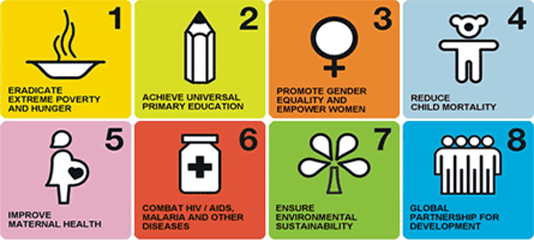
Some of us will be familiar with them from work and others will be able to hazard an educated guess. But truly, they don’t play much of a role in the collective consciousness of the UK. We don’t tend to sit around worrying about how many children are getting a primary education or about maternal mortality rates. We’re not overly concerned about combatting malaria on our wee island. Food banks and food poverty are a growing concern but we aren’t trying to tackle famine. Generally, comparatively, we’re doing all right.
In contrast, in Kenya people really KNOW about these goals. First up because these goals are more a matter of life and death. And, secondly, more cynically, perhaps they matter because there’s a lot of money attached to them. Development comes with budgets, salaries, seating allowances and free t-shirts…
But things might be about to change. Over the last few years people at the UN – and a whole host of concerned people from civil society and business – have been working furiously at drawing up a whole new set of goals, the Sustainable Development Goals or SDGs. Due for release in September 2015, with implementation getting going in 2016, the notable thing about these goals is that, this time, they are intended to be truly universal in their application. That means they aren’t going to be goals for poor countries that rich countries help out with. They are going to apply to me and you.
So it’s probably time to sit up and start paying attention.
http://www.theguardian.com/global-development/2014/aug/06/sustainable-development-goals-un
For more on self-improvement at the macro-level take a listen to possibly one of my favourite This American Life episodes of all times, and the story of Honduran civil servant who convinced his bosses to let him take a fairly unihabited corner or the country and try make the perfect city from scratch: http://www.thisamericanlife.org/radio-archives/episode/483/self-improvement-kick
8. “It has long been an axiom of mine that the little things are infinitely the most important” – Arthur Conan Doyle
Don’t panic. This lesson is not me trying to comfort myself about going to Africa and failing to save the world! More it has been confirmed to me that it is not grand gestures, transformational change, and once-in-a-lifetime experiences that get you up in the morning.
Nairobi is a city full of congestion (see above), ugly buildings, poverty and some crime (but not the pandemic levels people associate it with). Nonetheless I love it. For the daily, small acts of kindness and warmth people show. For the laughter. For the carrying on regardless. On the other hand, I am forever going to love gchat for keeping me close to wonderful, supportive people at home when it all felt a bit too much.
And as for the small successes I will carry with me: inspiring my taxi driver to take up running (he went on to run the Nairobi marathon in 3 hours after never having done more than 5K… errr…not fair), touching more people than I expected with my decision to quit my job (turns out lots of people have things they want to quit. Do it!), and helping one very talented woman realise she had a lot of talent.
Maybe doesn’t sound much for a year but I’m ok with that.
9. “I’d like to have my childhood all over again and spend my days making boats out of logs” – Me

10. “It’s the economy stupid” – Bill Clinton
And sometimes I feel stupid at how little I can comprehend the craziness of the globalised economy.
Mitunda is the name given to the sprawling, hectic second hand markets you find across Kenya. In Nairobi they surpass even the craziness of Primark at Marble Arch. Really.
And funnily enough Primark goods are what you’ll find. Just before I came home I tried to buy a cheap pair of boots after realising I was going home to winter weather. I spotted a pair and tried them on. Perfect fit. The thing is they are Primark boots, imported all the way here. I know they cost about £3 in the UK. The market stall holder wanted me to pay the equivalent of £21 (post haggling!). How can it be more expensive to buy second hand shoes in Kenya than new in central London?
On the total flip side, I have a friend (who may or may not read this!) who runs a nice business buying second-hand, branded hiking jackets sent over from Europe and America – North Face, Berghaus, you name it – at rock bottom prices in the markets of Nairobi then ships them back to the UK where a business partner spruces them up and sells them to you and me for a nice profit on ebay.
Weirder still are the clothes with the tags still on from high-street charity shops in the UK. Turns out charities sort through donations and sell what they can overseas to generate income for their work and stimulate the economy overseas. It’s actually genius. But mind-blowing that Kenyans are buying clothes we donate for charity.
If you’re interested in learning more, this is a fairly comprehensive article on all the goings on: https://kivafellows.wordpress.com/2013/07/17/mitumba-101-the-second-hand-clothing-trade-in-kenya/
11. “I love you with all of my blood pump” – Unknown Pastor

The great art of oration is alive and kicking in Kenya and I think most people could earn a small fortune if they started delivering public speaking courses to Western professionals desperate to break away from the tyranny of PowerPoint.
Perhaps it is the frequency with which people get to practice at devotions and church, but I’m constantly amazed at the confidence and bravado with which people get up and speak. No prep, no notes, skipping between English, Kiswahili and mother tongue. Storytelling draws you in, pictures are painted, pregnant pauses build tension and rhetoric is applied liberally (maybe too liberally but that’s another post).
But beyond all, Kenyan’s have a creativity with language that I simply cannot get enough of. Hence the title of this lesson. The quote is drawn from a preacher who was speaking about love one day at work. Why stick with boring physiological language like “heart” when we can talk of “blood pumps”?
Note to self: must try harder with language.
12. “Everybody hates a tourist, especially one that thinks it’s all such a laugh” – Jarvis Cocker
The lyrics to Pulp’s 1996 hit “Common People” were ostensibly written about a posh lass trying to fit into working class life in Sheffield. Nonetheless, I believe the underlying message transcends continents and cultures and offers a word of warning to anyone who thinks they can truly ever “get” what it’s like to be from a country where almost 50% of people live below the poverty line (43.3% in 2012).
“But still you’ll never get it right
`cos when you’re laid in bed at night
Watching …. roaches climb the wall
If you called your Dad he could stop it all.”
You may think this is a silly reference. It is not meant to be. I have lived the best side that Kenya has to offer because I have enough money and – more times than I care to admit – because I’m white in a place where, despite the colonial era abuses (and some on-going one’s), that draws on occasion undeserved respect and special treatment.
But more than a few times I’ve been witness to what it means not to have such favourable factors on your side and it’s shit. Truly, truly shit if you’ll excuse the language. On these occasions my rose tinted spectacles are shattered. On these occasions I get outraged, realise my naivety and gain another level of understanding about this country.
I may not “call my dad to stop it all” but I do get walk away, put it out of my mind and enjoy another magical thing Kenya has to offer. And it’s important I don’t forget that critical difference between me and the people I meet.




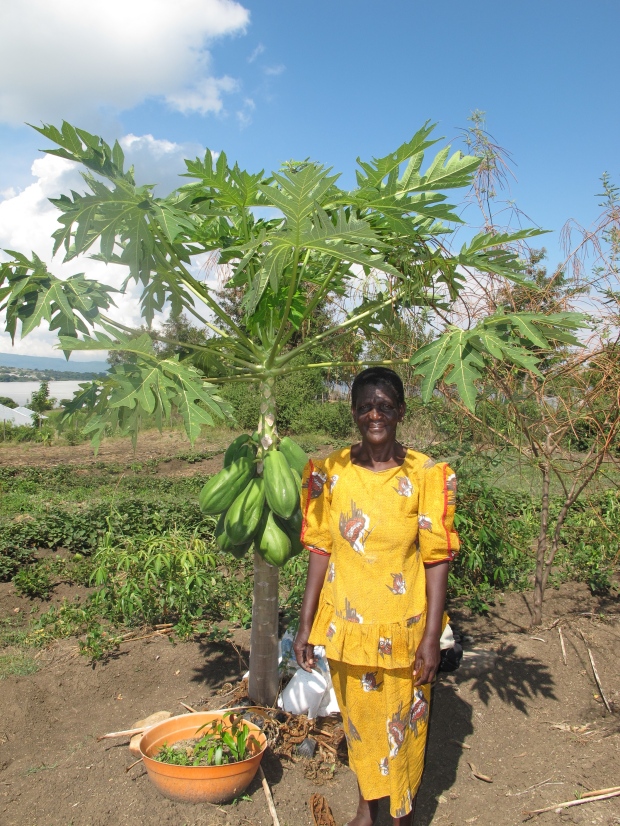


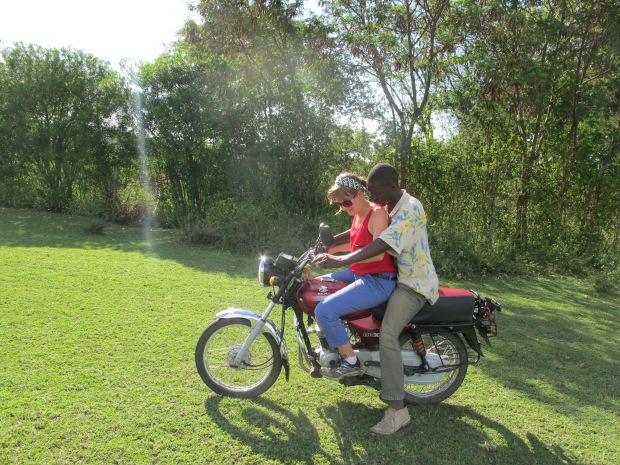




 The other great thing about Iten is running into other runners. You won’t get far before a group of lanky Kenyans glides effortlessly past you. And you also won’t go long before someone stops to say hello and chat. Early on I met Charles. He can run 800m in 1 minute 48 seconds. It’s nowhere near Rudisha’s world record of 1:40:91 but it’s fast enough that he has placed his hopes for making a livelihood through running professionally.
The other great thing about Iten is running into other runners. You won’t get far before a group of lanky Kenyans glides effortlessly past you. And you also won’t go long before someone stops to say hello and chat. Early on I met Charles. He can run 800m in 1 minute 48 seconds. It’s nowhere near Rudisha’s world record of 1:40:91 but it’s fast enough that he has placed his hopes for making a livelihood through running professionally.
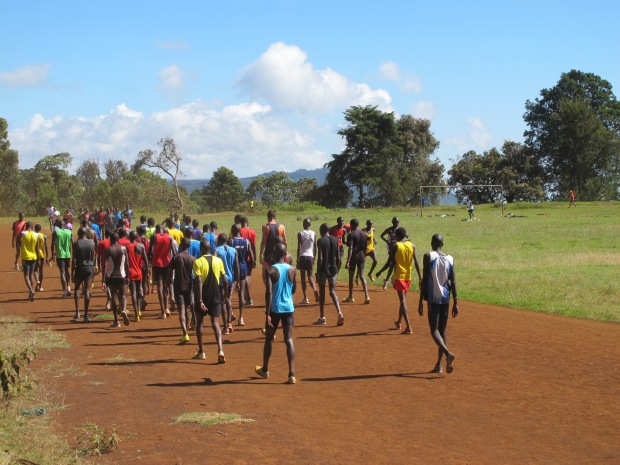

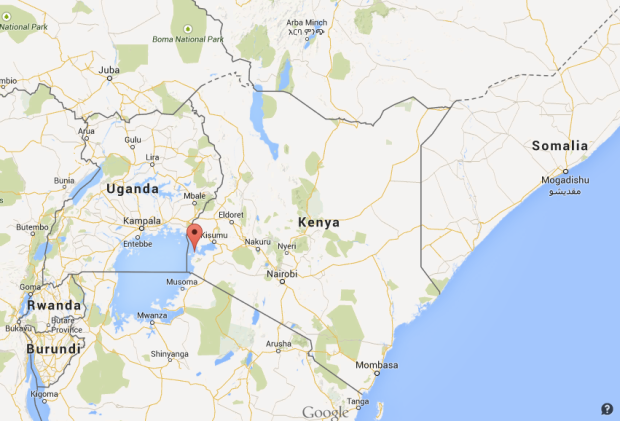

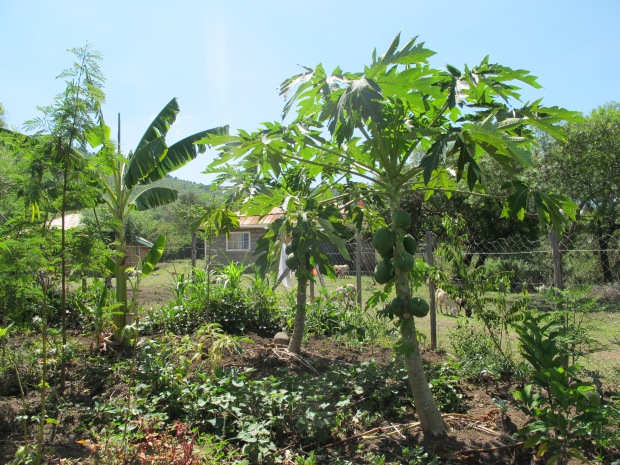

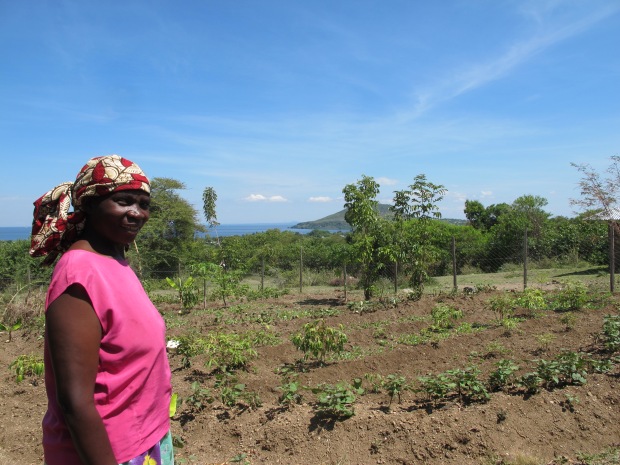
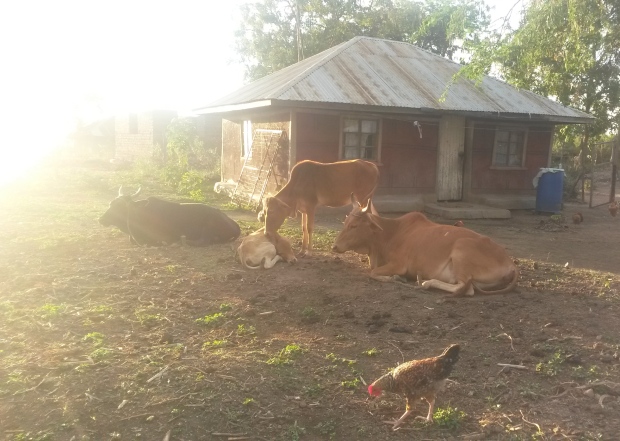

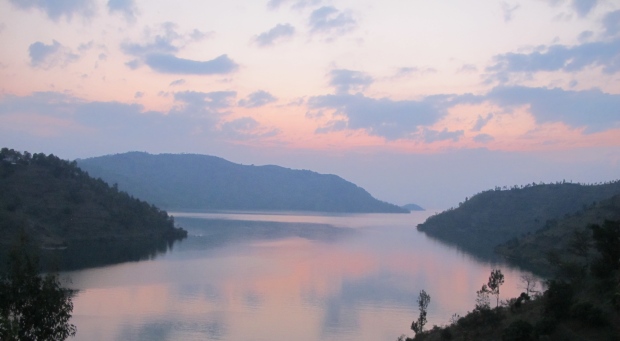 When I lived in South London, before I moved to Nairobi, the local council undertook some landscaping works on the main road I used to walk to the train station every morning. Nothing fancy. A mini-roundabout, widening the pavement, a few new trees. It was nice.
When I lived in South London, before I moved to Nairobi, the local council undertook some landscaping works on the main road I used to walk to the train station every morning. Nothing fancy. A mini-roundabout, widening the pavement, a few new trees. It was nice.
